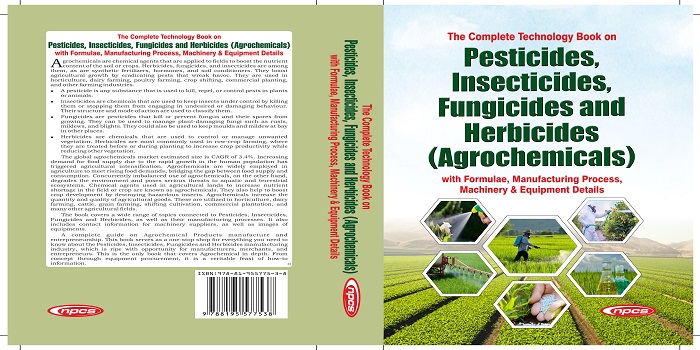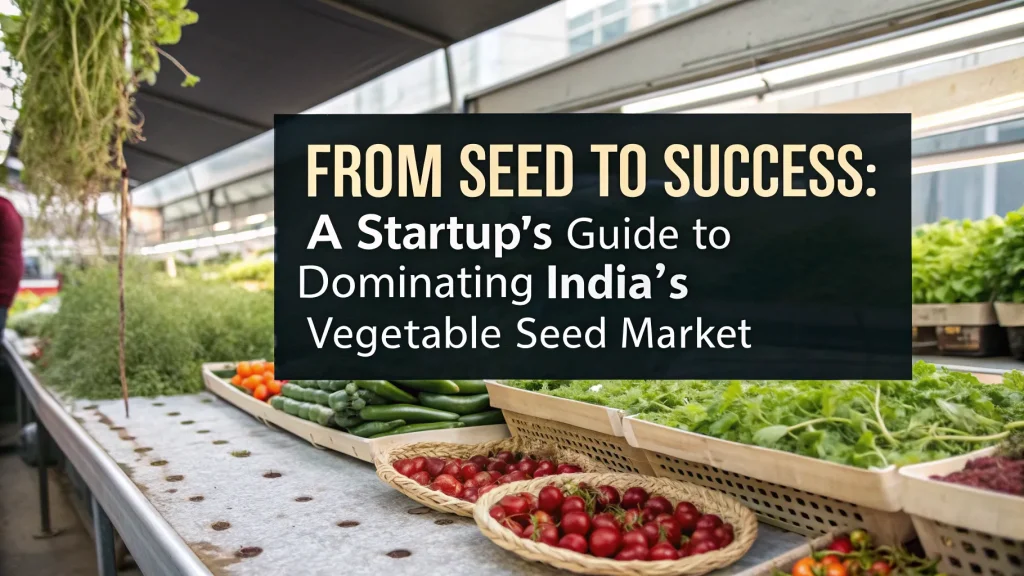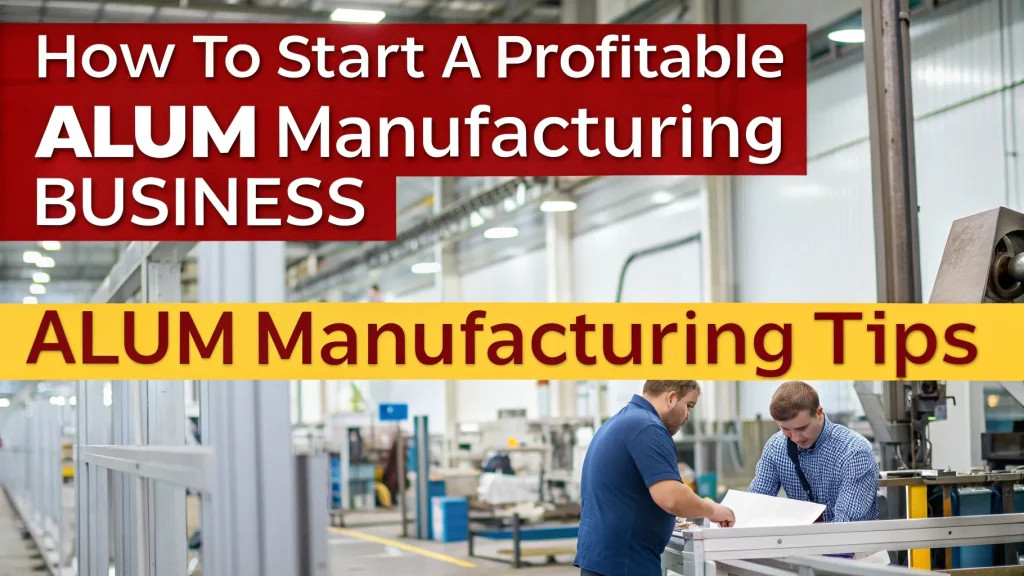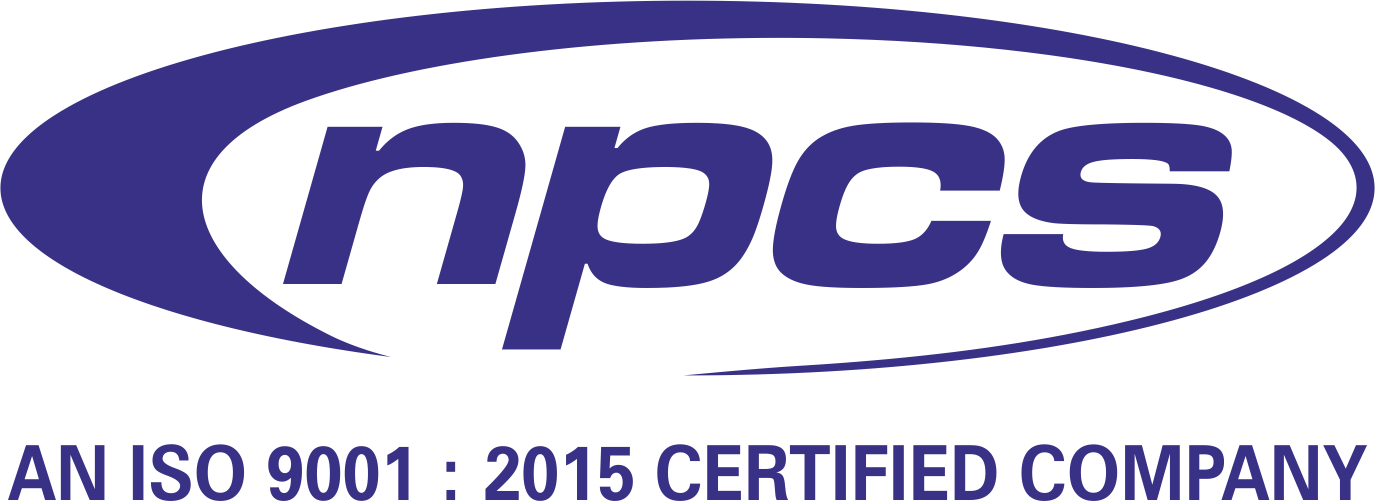The pesticides and insecticides industry in India plays a vital role in the nation’s agricultural development by protecting crops and enhancing yields. India, being an agrarian economy, is heavily reliant on the effective use of crop protection chemicals to feed its growing population. With rising awareness among farmers, increasing demand for food, and government support for sustainable farming, the sector is witnessing consistent growth.
India ranks among the top five global producers of pesticides and is also a major exporter to countries across Asia, Africa, and Latin America. The industry has evolved from basic chemical formulations to more eco-friendly, bio-based products, presenting opportunities for innovation and entrepreneurship.
Read our Books Here: Agrochemicals
Current Market Overview
India is the fourth-largest producer of agrochemicals in the world and the second-largest in Asia. The Indian pesticides market was valued at over INR 50,000 crores (approx. USD 6 billion) in 2023 and is expected to grow at a CAGR of 8–10% over the next five years.
This sector includes:
-
Insecticides (largest market share)
-
Herbicides
-
Fungicides
-
Bio-pesticides
-
Plant growth regulators
The major agricultural states like Punjab, Maharashtra, Uttar Pradesh, Andhra Pradesh, and Telangana form the core consumption markets.
1. Types of Pesticides and Their Usage
a. Insecticides
Insecticides are chemicals used to control or eliminate harmful insects that damage crops. Popular examples include:
-
Chlorpyrifos
-
Imidacloprid
-
Cypermethrin
These are extensively used in cotton, rice, sugarcane, and vegetables.
b. Herbicides
Used to control unwanted weeds and grasses, herbicides reduce manual labor and protect crop productivity. Examples include:
-
Glyphosate
-
Atrazine
-
Pendimethalin
Herbicide usage is rising due to labor shortages and demand for mechanized farming.
c. Fungicides
Fungicides prevent and treat diseases caused by fungi in crops like wheat, paddy, fruits, and vegetables. Common ones are:
-
Mancozeb
-
Carbendazim
-
Tebuconazole
d. Bio-pesticides
Derived from natural materials like plants and microorganisms, bio-pesticides are gaining traction due to environmental safety and organic farming practices. Examples:
-
Neem-based products
-
Bacillus thuringiensis (Bt)
-
Beauveria bassiana
2. Key Growth Drivers
Several factors are contributing to the rapid expansion of the Indian pesticides and insecticides sector:
-
Growing population and food demand
More food production necessitates higher yield per acre, increasing pesticide usage. -
Limited arable land
With shrinking farmland, farmers aim for maximum productivity using crop protection inputs. -
Government support
Subsidies on agrochemicals and initiatives like PM-KISAN, eNAM, and Soil Health Cards are improving farmer access and awareness. -
Export demand
Indian agrochemical companies export to over 100 countries, making the industry globally competitive. -
Increasing pest resistance
Climate change and evolving pests have made modern and targeted pesticide solutions essential.
3. Major Players in the Indian Market
The Indian market is dominated by both domestic and multinational companies such as:
-
UPL Limited
-
Bayer CropScience
-
PI Industries
-
Rallis India (Tata Group)
-
Syngenta India
-
Insecticides India Ltd.
-
Sumitomo Chemical India
These companies offer a wide range of products, invest in R&D, and have strong distribution networks across the country.
4. Export Opportunities
India has emerged as a global hub for generic pesticide manufacturing due to its cost-effectiveness and strong chemical industry base. Export markets include:
-
Latin America
-
Southeast Asia
-
Africa
-
Middle East
Pesticide exports from India reached INR 28,000 crores in FY2023, with potential to cross INR 40,000 crores by FY2026 with proper policy support.
5. Challenges in the Sector
Despite the growth, the pesticides and insecticides industry in India faces several challenges:
-
Counterfeit and substandard products
A major issue that affects farmer trust and yield. -
Excessive or improper usage
Lack of awareness among farmers often leads to overuse, affecting soil health and crop quality. -
Regulatory delays
Slow approval of new molecules and restrictions on existing ones pose barriers to innovation. -
Environmental concerns
Chemical residues in soil and water bodies have raised ecological red flags.
6. Shift Toward Sustainable Practices
In response to environmental concerns and global organic farming trends, there is a gradual shift toward:
-
Integrated Pest Management (IPM)
A strategy combining cultural, biological, and chemical methods to minimize pesticide use. -
Organic and bio-pesticides
Demand for neem, garlic, and microbial-based pesticides is on the rise. -
Precision farming
Use of drones and sensors to apply minimal doses with accuracy. -
Public-private partnerships
Collaborations for farmer education, safe handling training, and innovation in crop protection.
7. Future Outlook and Investment Opportunities
The Indian pesticides and insecticides sector offers immense opportunities in:
-
R&D of next-generation molecules
-
Contract manufacturing for global brands
-
Development of biodegradable, nano, and green pesticides
-
Building cold chain and storage infrastructure for safe pesticide handling
-
Digital apps for advisory services and dosage recommendations
Government initiatives like the Production Linked Incentive (PLI) Scheme and Ease of Doing Business reforms are expected to drive capital inflow in this space.
Conclusion
The pesticides and insecticides industry in India is critical to the country’s food security, agricultural productivity, and rural economy. With a diverse crop base, strong domestic demand, export potential, and policy support, the sector is poised for double-digit growth.
However, sustainability, safety, and innovation must go hand in hand with expansion. Businesses, policymakers, and farmers need to collaborate to create a balanced ecosystem that protects crops without compromising health or the environment.
Read Similar Articles: Agrochemicals
See More Links:
- Best Industry for Doing Business
- Business Ideas with Low, Medium & High Investment
- Looking for Most Demandable Business Ideas for Startups
- Start a Business in Africa
- Start a Business in India
- Start a Business in Middle East
- Related Videos
- Related Books
- Related Projects
- Related Market Research Reports
NIIR PROJECT CONSULTANCY SERVICES, DELHI
An ISO 9001:2015 Company
ENTREPRENEUR INDIA
106-E, Kamla Nagar, Opp. Mall ST,
New Delhi-110007, India.
Email: npcs.ei@gmail.com
Tel: +91-11-23843955, 23845654, 23845886
Mobile: +91-9097075054, 8800733955
Website: https://www.entrepreneurindia.co
https://www.niir.org






